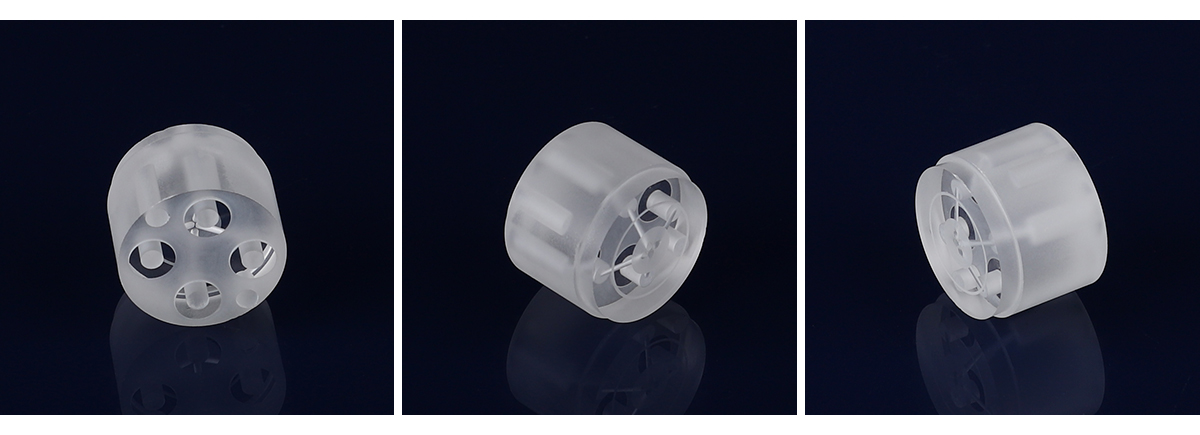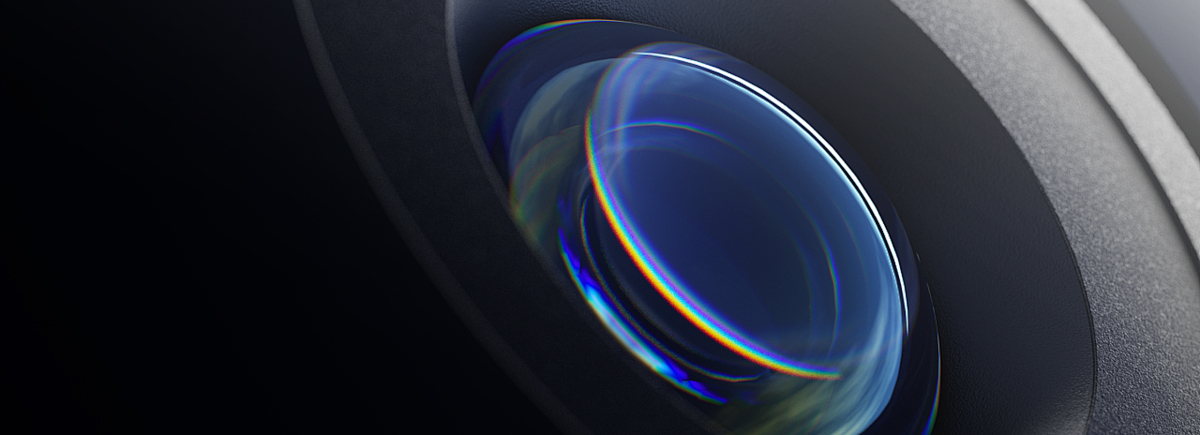Sapphire glass used in the field of optics
Sapphire glass is an innovative material that has gained tremendous appeal in various high-tech industries due to its excellent physical and optical properties. Sapphire glass is renowned for its durability, scratch resistance, and transparency, and is becoming the cornerstone of the optical industry. This article delves into the unique characteristics of sapphire glass and its revolutionary applications in optics.

sapphire crystal
Sapphire glass comes from synthetic sapphire, a material made of single crystal aluminum oxide (Al ₂ O æ) The production process includes the Verneuil method, which is the flame melting method. Fine alumina powder is melted with a hydrogen oxygen flame and then crystallized into ingots. Then slice and polish the crystal block to make sapphire glass.
The material made from this has extraordinary properties: its hardness is second only to diamond, which makes it have incredible scratch resistance. In addition, sapphire glass has a high melting point, excellent thermal conductivity, and excellent chemical stability. These characteristics make it an ideal candidate for various demanding applications, especially in the optical industry.
Key Properties of Sapphire Glass
Hardness and durability
Sapphire glass is very hard, with a Mohs hardness level of 9. This makes it almost immune to scratches from everyday objects, which is a significant advantage in environments where materials are subjected to rough handling or harsh conditions. This hardness can be translated into long-lasting performance and minimal maintenance, which is a crucial factor for precision and clarity in the optical industry.
Optical clarity
One of the most striking features of sapphire glass is its optical clarity. It has excellent transparency in the visible spectrum and is also transparent in the wavelength range of ultraviolet (UV) and infrared (IR). This wide spectral transparency is crucial for optical applications, as it can create lenses and windows that work consistently across various wavelengths of light.
Thermal and chemical stability
Sapphire glass, due to its high melting point of about 2030 ° C, can withstand extreme temperatures without degradation. Its thermal conductivity is also very high, allowing it to effectively dissipate heat. In addition, its chemical inertness means it can resist corrosion and chemical reactions, ensuring lifespan and reliability in challenging environments.
Application in the optical industry
The unique properties of sapphire glass make it widely used in various optical applications. Here are some of the most important content:
Camera lens
In the field of consumer electronics, especially smartphones and cameras, the demand for sturdy and clear lenses is crucial. Sapphire glass is used in the manufacturing of camera lenses due to its excellent hardness and scratch resistance. Unlike traditional glass, sapphire lenses can maintain their clarity and integrity even after prolonged use, ensuring consistent high image quality.
Optical windows and domes
Optical windows and domes made of sapphire glass are widely used in scientific and industrial environments. These components protect sensitive optical instruments from harsh environments while allowing for maximum light transmission. For example, in aerospace and military applications, sapphire windows and domes protect sensors and cameras from extreme temperatures, high pressures, and abrasive particles, ensuring accurate data collection and imaging.
Infrared optics
The transparency of sapphire glass in infrared spectroscopy makes it an excellent material for infrared optics. It is used for infrared lenses and windows, for applications such as thermal imaging cameras, which are used in various fields including surveillance, medical diagnosis, and industrial monitoring. The durability of this material ensures that these devices remain functional under harsh operating conditions.
laser system
In laser systems where accuracy and durability are crucial, sapphire glass is used for windows and protective barriers. It can withstand high-intensity laser beams without degradation, ensuring long-lasting performance and reliability. This application is particularly important in industrial laser cutting and medical laser systems, as the quality and consistency of laser output are crucial.
Scientific instruments

Sapphire glass is also used in a range of scientific instruments from microscopes to spectrometers. Its excellent optical clarity and durability have improved the performance and lifespan of these devices, enabling scientists to conduct precise and reliable measurements and observations.
In the optical industry, ongoing research on material properties and potential applications may bring more innovative applications. For example, advances in lens technology may leverage the unique characteristics of sapphire to create more efficient and durable optical systems. In addition, with the continuous promotion of miniaturization of electronic products, sapphire glass may play a crucial role in developing smaller and more robust optical components.
Sapphire glass is a remarkable material that is reshaping the optical industry. It combines extremely high hardness, optical clarity, thermal stability, and chemical stability, making it an ideal choice for a wide range of optical applications. From improving the durability and performance of consumer electronics products to ensuring the reliability of key scientific instruments, sapphire glass has been proven to be an indispensable material. As R&D continues to unleash its full potential, we can expect sapphire glass to play an increasingly important role in advancing optical technology and applications.
Dongguan Jundro ceramics Technology Co.,Ltd
E-mail:info@jundro.com
Tel:+86-769-82913501
Fax:+86-769-82913801
Add: Room 306, Gate B, Unit 1, Block 2 South, No. 1 Yile Road, Songshan Lake, Dongguan City, Guangdong Province, China(523808)
© August Dongguan Jundro ceramics Technology Co.,Ltd- 2023